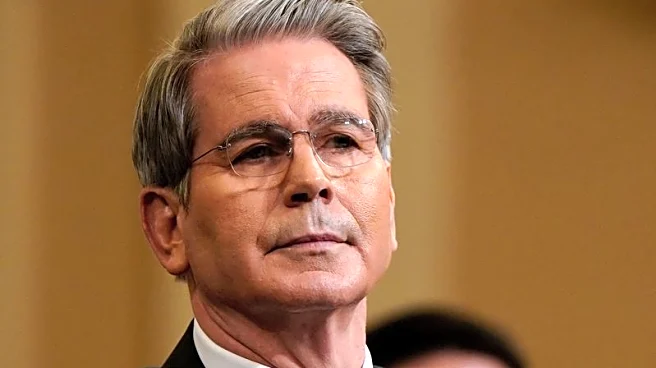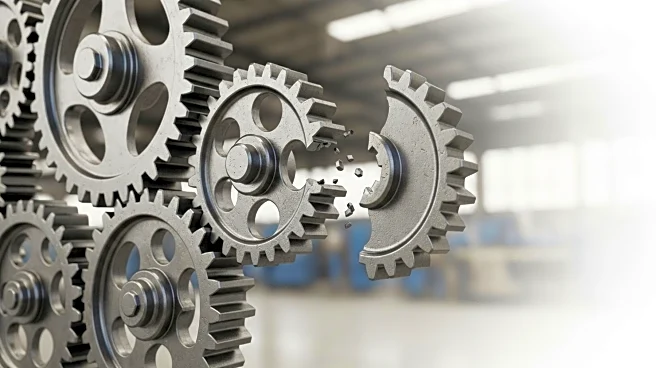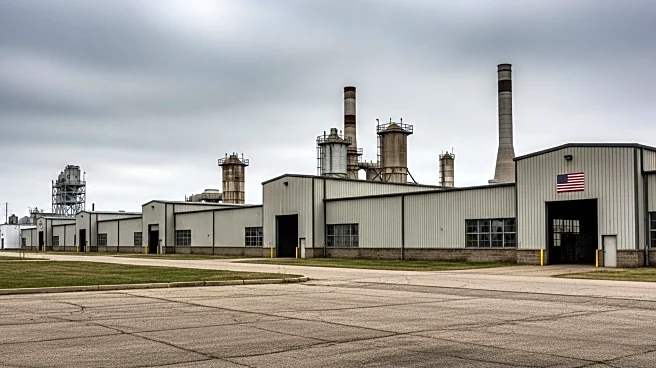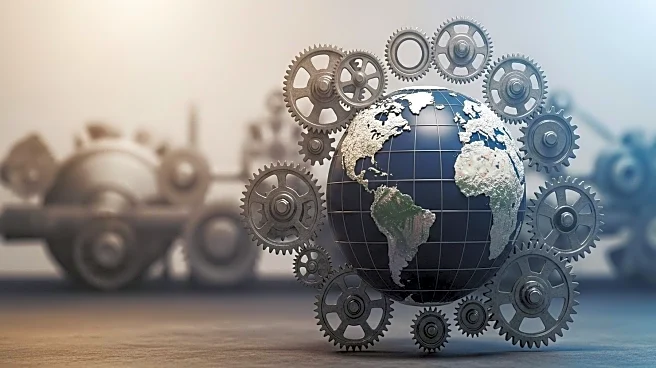What is the story about?
What's Happening?
The U.S. manufacturing industry experienced a decline in employment in August, losing 12,000 jobs despite efforts by President Trump's administration to bolster the sector. This trend continues a downward trajectory since February 2023, as reported by the Bureau of Labor Statistics. Factors contributing to this decline include uncertainty surrounding new trade policies, tariffs, and consumer spending, which have led businesses to slow hiring. The manufacturing sector, which once accounted for a significant portion of U.S. employment, has seen a reduction in jobs due to increased productivity and higher interest rates aimed at controlling inflation.
Why It's Important?
The loss of manufacturing jobs has significant implications for the U.S. economy, affecting employment rates and economic growth. The uncertainty around trade policies and tariffs can deter investment and hiring, impacting the sector's ability to recover and expand. This situation poses challenges for workers and businesses alike, as higher production costs and reduced consumer demand can lead to further job losses. The manufacturing sector's health is crucial for economic stability, and its decline could have ripple effects across other industries and communities reliant on manufacturing jobs.
What's Next?
The future of manufacturing job growth in the U.S. will depend on how companies respond to trade policies and whether they choose to shift production domestically. The administration's efforts to attract investments and create jobs face challenges due to the high costs associated with tariffs and the need for substantial capital investment. As the trade policy landscape evolves, businesses may adjust their strategies, potentially leading to changes in hiring practices and production locations.
Beyond the Headlines
The decline in manufacturing jobs also highlights broader economic trends, such as automation and globalization, which have reshaped the industry. Addressing these challenges requires a multifaceted approach, including workforce training and policy adjustments to support domestic manufacturing. Long-term solutions may involve balancing trade policies with incentives for innovation and investment in the sector.
AI Generated Content
Do you find this article useful?














